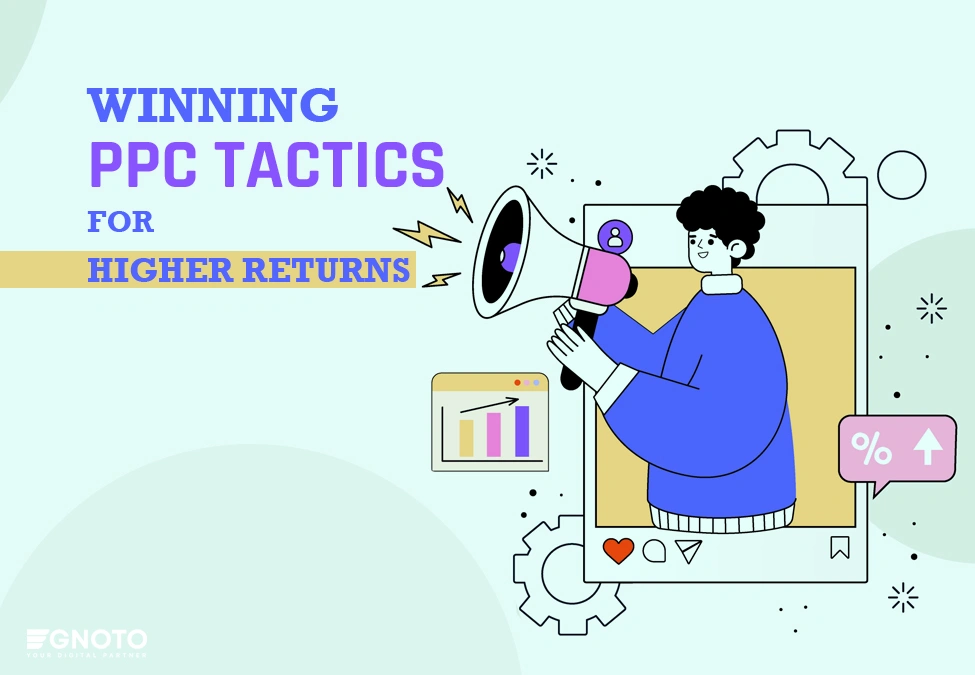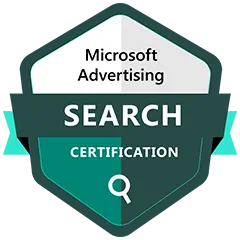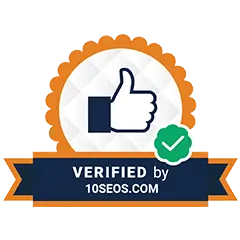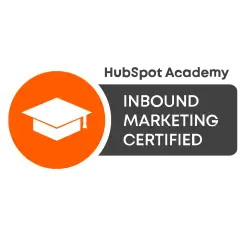Pay-per-click (PPC) advertising continues to be one of the most effective ways to drive targeted traffic and generate leads. However, with evolving competition, rising costs, and frequent platform updates, optimizing PPC campaigns for maximum return on investment (ROI) in 2025 requires a refined approach. Here’s how you can make the most out of your PPC budget and achieve higher conversions.
1. Focus on AI-Driven Automation
Artificial intelligence (AI) and machine learning have become integral to PPC management. Platforms like Google Ads and Microsoft Ads use AI to optimize bidding, targeting, and ad delivery.
How to Use AI for PPC Optimization:
- Implement smart bidding strategies such as Target CPA and Target ROAS.
- Use AI-powered audience segmentation for better targeting.
- Automate ad creation with responsive search ads and dynamic ad formats.
2. Audience Targeting and Segmentation
Successful PPC campaigns rely on precise audience targeting. Instead of broad targeting, segmenting your audience ensures better engagement and conversion rates.
Strategies for Effective Audience Targeting:
- Use first-party data from your website and CRM to create custom audiences.
- Utilize remarketing lists to re-engage previous visitors.
- Test audience expansion features to reach similar high-intent users.
3. Leverage High-Intent Keywords
Keyword research remains the foundation of PPC success. However, instead of focusing on high-volume keywords, prioritize high-intent, conversion-focused keywords.
Best Practices:
- Focus on long-tail keywords that match searcher intent.
- Utilize phrase match and exact match instead of broad match.
- Continuously analyze search terms to add negative keywords and reduce wasteful spending.
4. Optimize Ad Copy and Creatives
Your ad copy and creative elements significantly impact click-through rates (CTR) and conversion rates.
How to Improve Ad Performance:
- Write compelling headlines and descriptions that address user pain points.
- A/B test multiple versions of your ads to identify what resonates best.
- Use ad extensions like sitelinks, callouts, and structured snippets to increase visibility.
5. Enhance Landing Page Experience
Driving traffic is only part of the equation—your landing pages must convert visitors efficiently.
Landing Page Optimization Tips:
- Ensure fast load times and mobile responsiveness.
- Align landing page content with the ad’s promise to maintain relevance.
- Implement clear call-to-action (CTA) buttons that guide users toward conversion.
6. Maximize Performance with Conversion Tracking
Tracking conversions accurately allows you to measure campaign success and refine your strategy.
Key Steps:
- Set up conversion tracking for purchases, lead forms, calls, and other key actions.
- Use Google Tag Manager for better tracking flexibility.
- Integrate offline conversion tracking to measure lead quality beyond online interactions.
7. Utilize Video Ads and Visual Formats
Video content continues to dominate online advertising, and platforms like YouTube, Facebook, and TikTok provide powerful PPC opportunities.
Video Ad Optimization Tips:
- Keep videos short and engaging, focusing on the first 5 seconds.
- Use strong CTAs to encourage immediate action.
- Experiment with different ad formats, such as bumper ads, in-stream ads, and carousel ads.
8. Experiment with Emerging PPC Trends
Staying ahead of trends ensures you maintain a competitive advantage.
Trends to Watch in 2025:
- Voice search ads optimized for conversational queries.
- Augmented reality (AR) ads offering interactive experiences.
- AI-generated creative assets that adapt based on audience preferences.
9. Improve Mobile PPC Campaigns
With mobile searches surpassing desktop, optimizing campaigns for mobile users is crucial.
Mobile Optimization Strategies:
- Use mobile-preferred ad formats and landing pages.
- Simplify forms and checkout processes to reduce friction.
- Optimize for local searches by enabling location extensions.
10. Measure and Optimize for ROI
Regular analysis and adjustments are necessary to maintain PPC profitability.
Best Practices:
- Monitor key performance indicators (KPIs) like cost per acquisition (CPA) and return on ad spend (ROAS).
- Conduct A/B tests frequently to refine targeting and messaging.
- Allocate budgets based on high-performing campaigns while cutting down underperforming ones.
Conclusion
Optimizing PPC campaigns for maximum ROI in 2025 requires leveraging AI, refining targeting, enhancing ad creatives, improving landing page experiences, and staying ahead of emerging trends. By implementing these strategies, businesses can improve efficiency, lower costs, and drive higher conversions, ensuring sustained success in an increasingly competitive advertising landscape.










